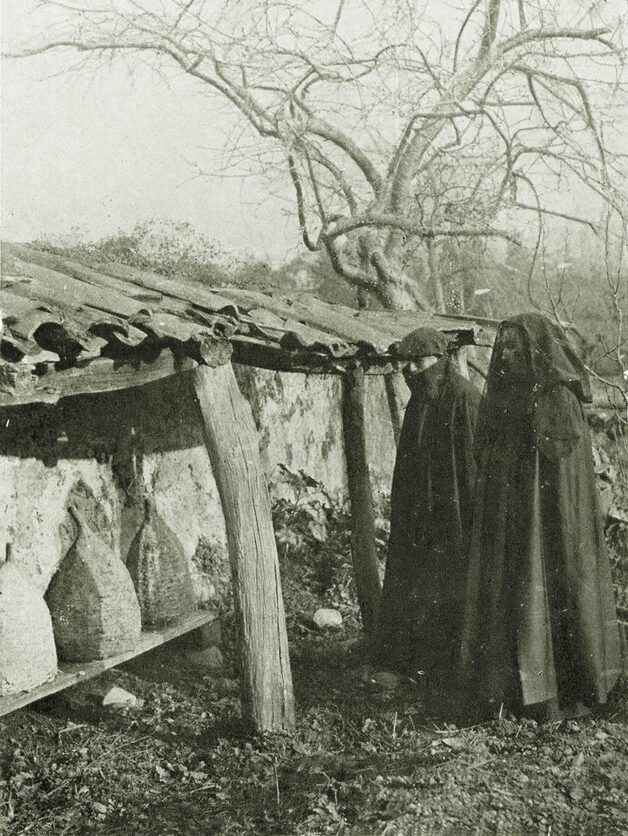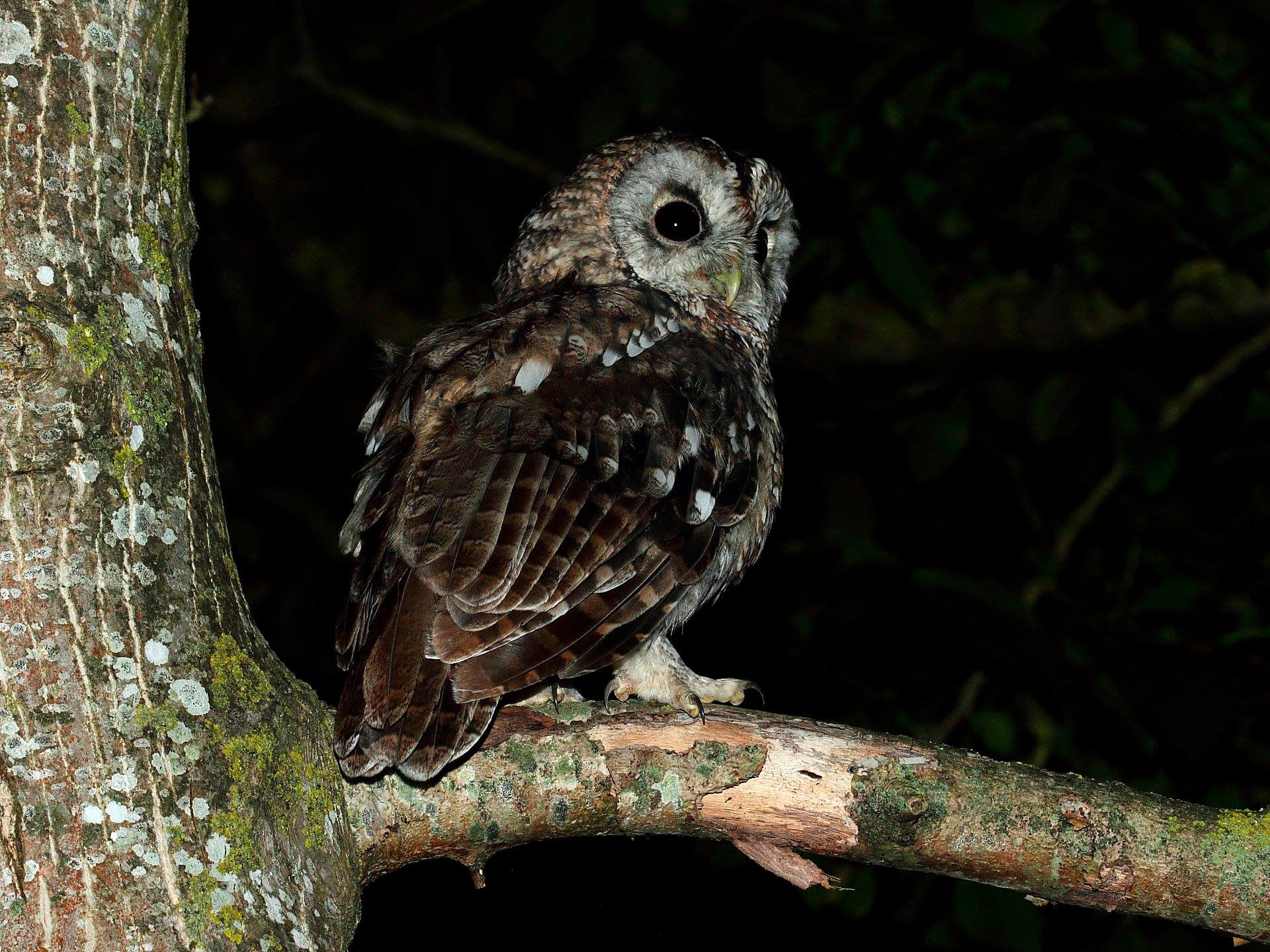Archives

Paschal full moon. Josu Larrinaga Zugadi.
Holy Week remains undoubtedly the festive cycle lived with deepest religiosity by Catholic and other Christian communities, rituals and processional imagery with a strong medieval flavour serving as visual methodology to emphasize, in a pedagogical manner, basic concepts and precepts of the aforementioned creed or cult.
The celebration of Ash Wednesday and the ‘strewing of ashes’ marked the end of Carnival merrymaking and the beginning of Lent: a period for reflection and fasting. Such religious quarantine commences on Palm Sunday, preluding the penitent character of Holy Week, determined, in turn, by the paschal full moon of Resurrection Sunday. (more…)
The threat of the Asian hornet, and more notably, the environmental impact of pesticides have surely raised public consciousness of the dangers of bee mortality and the deadly consequences of their extinction to the planet.
In connection with bees and beekeeping, let us review a former custom, vanished sometime between the end of the 19th century and the beginning of the 20th, according to which house bees were to be told of the death of their keeper. We are of course talking about a time when most farmsteads kept honeybees.

Telling the bees. Photograph taken from Gure Herria [Our People]. Euskal Biblioteka. Labayru Fundazioa.
Presages traditionally perceived as indicators of imminent death of a person are superstitious in nature.
The most widespread portents are related to animals, domestic animals generally, such as the house dog or the cock, some featuring nocturnal raptors and corvids. (more…)



